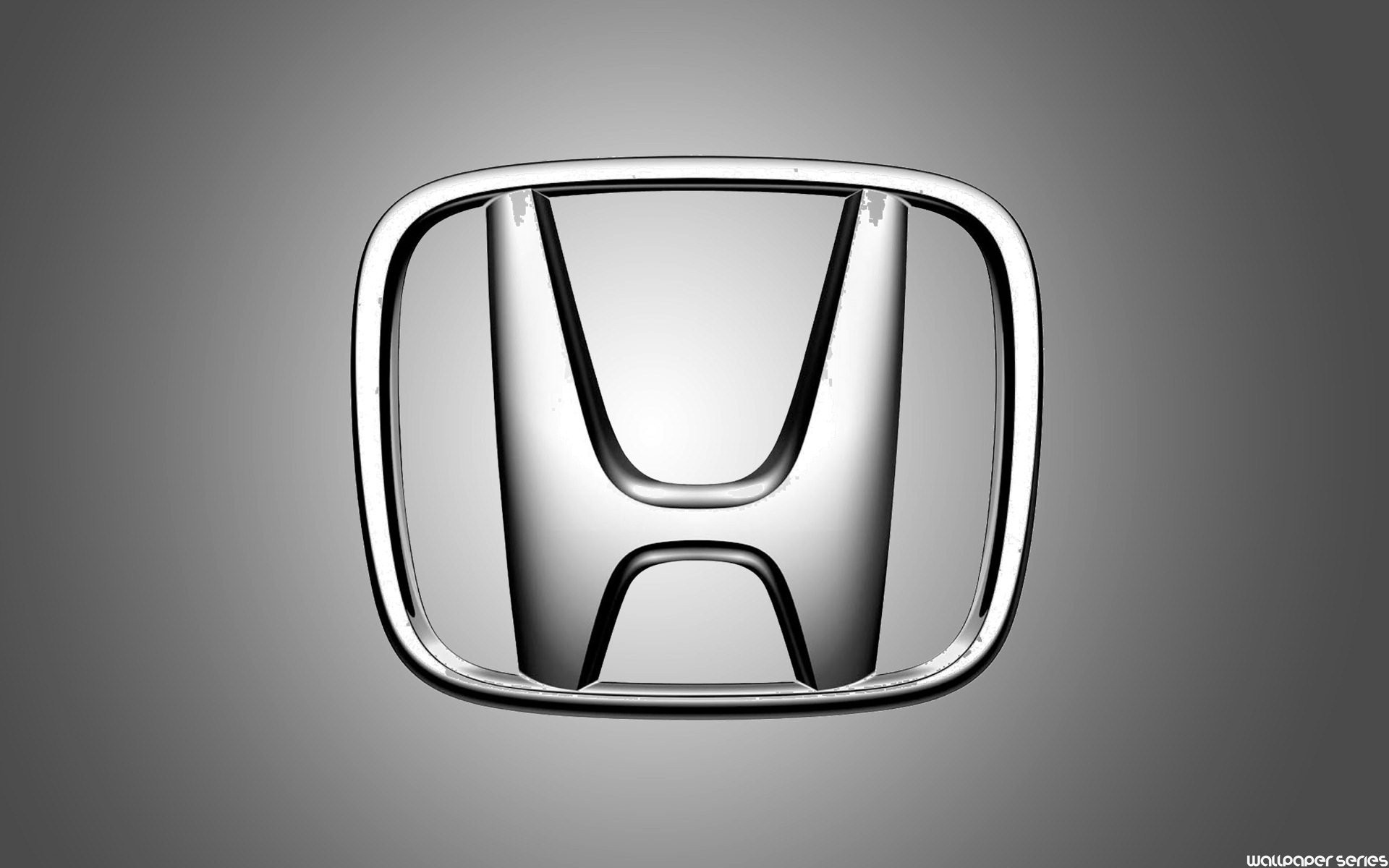Tommy Cookers wrote:in the past you have debunked the 'hot shift' capability of the established F1 transmission
but seem to have implied that yours allows 'no reduction in torque transfer', ie it does 'hot shift' ?
now you seem to be no longer making that implication ? 'the ICE is controlled to limit its torque output'
yours seems to be another quick shift system that does not have the torque continuity of the notional 'ideal' continuous variability
your series torque path is disadvantageous to this (although torque continuity is rather unimportant under fuel-limit rules)
the clutchless electric-powered progress up to 2nd gear is recognisable in the novel thinking of many (who include reverse)
the electrical arrangement seems clearly worse than those of the established F1 systems
complicated and inconsistently/not well matched to the available voltage, according to the gear in use
it would need multiple MG drives, or switching of one drive ?
most novel schemes incorporate parallel torque paths (to give stepless, clutchless drive)
even in F1 this approach would allow fewer gears and gearchanges
with an EM relatively larger than F1's this would substantially reduce the number of gears and gearchanges
and reduce the ICE size and further improve efficiency by running it at rather high and constant torque
all too road relevant for the F1 show
No, the torque transfer is simply balanced from demand between the ICE output and the applied electrical energy.
No torque loss only a balance of torque supply.
I cannot see the point of using the term 'hot shift' it does not mean much.
Series torque transfer is an advantage not a disadvantage.
CV transmissions of all types use far to much energy operating their variable shift mechanisms to allow them to be efficient.
My ideas for electrical energy management and power train control have not been covered here.
The electrical arrangements have not been shown, the drawing is a crude schematic.
The size of this ESERU can be smaller than current F1 gearboxes, including the M/G/Shift stator components.
Gear train diameter is 84 mm.
The electrical 'clutch' action also allows electrical drive only in the pits and electrical reverse.
It also allows engine start with no extra gearing or weight.
Getting 'beached' with the engine stopped would become a thing of the past.

